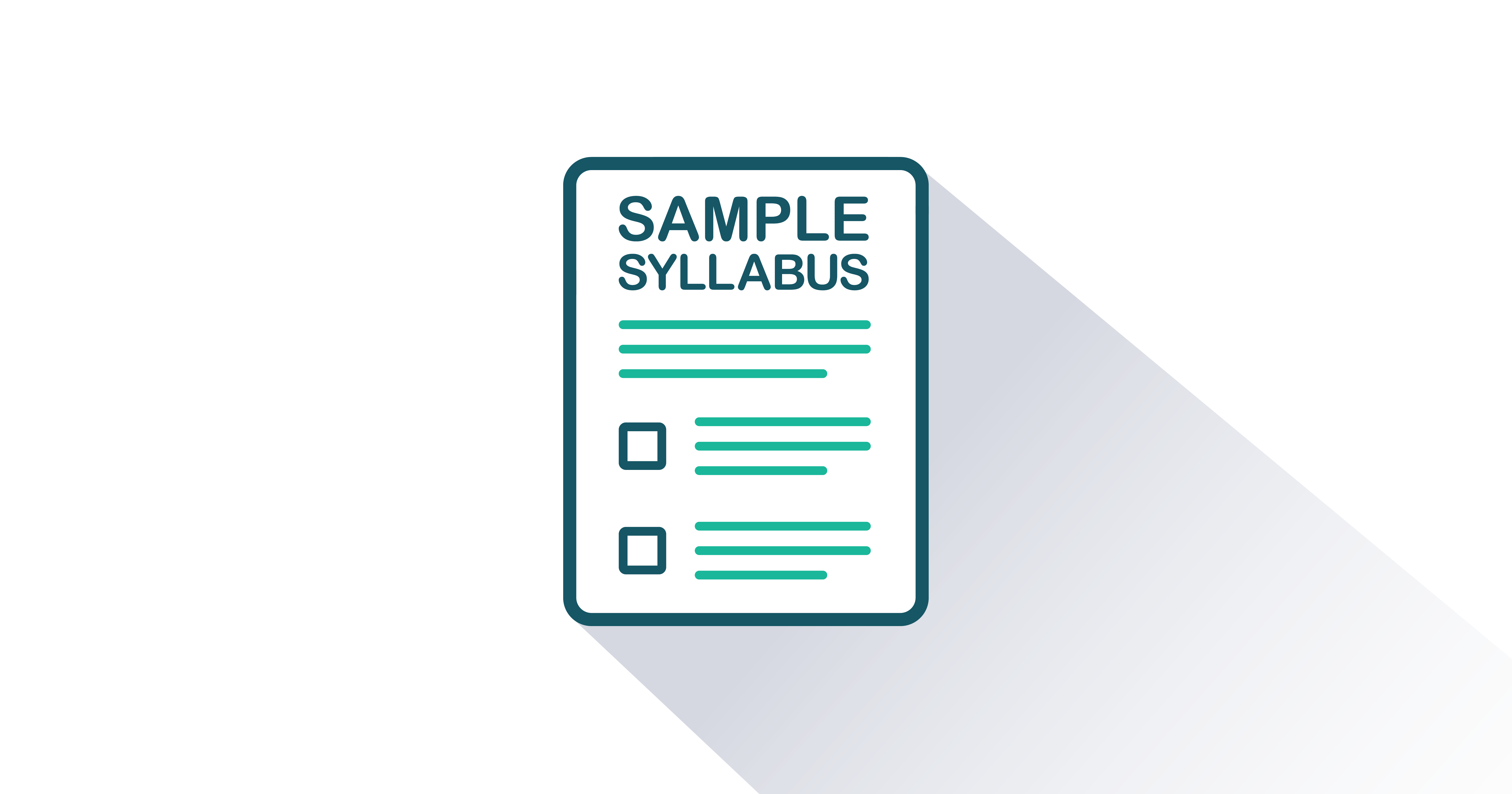- Published
- September 2021
- Page Count
- 692
- ISBN (Digital)
- 978-1-4533-3903-9
Principles of Macroeconomics

Version 4.0
By Libby Rittenberg, Alan Grant, and Timothy Tregarthen
Included Supplements
Key Features
- Over 45 hyperlinked videos, specifically chosen to capture students’ interest, counter the perception of economics as the “dismal science,” and reveal the deeper meanings of economic principles in memorable ways
- The integrating theme for this volume is the model of aggregate demand and aggregate supply. The model encourages learners to consider both short-run and long-run concepts in order to address a variety of policy issues and debates more efficiently
- Every chapter begins with a brief Start Up scenario, a timely, real-world attention-getter that often puts students into a decision-making role. One example includes: “What’s the best strategy for becoming a millionaire” (Chapter 11)
- Seamlessly incorporates the lessons learned so far from the COVID-19 pandemic and the related recession
- Relies heavily on real-world data to support the models presented, and not just where routinely expected (GDP, unemployment, inflation, etc.). For instance, the aggregate demand and aggregate supply chapter illustrates the remarkable correlation between consumer confidence and spending on durable goods over a 60-year time horizon (Figure 8.3)
- Supportive learning features include:
- Start Up features are attention-getting real-world chapter-openers that vividly demonstrate the link between theory and reality, and are revisited throughout the chapter
- Learning Objectives lead off every main section
- Heads Up! notes warn of common errors and explain how to avoid making them
- Key Takeaways in each section summarize content and link back to that section’s Learning Objectives
- Key Terms are boldfaced and defined in the margins
- Pop! Goes the Econ features provide links to contemporary examples that connect with students. Engaging examples include “Dr. Evil Holds the World for Ransom” (Section 6.4), “Bart Simpson Starts a Bank Run” (Section 10.3), and “Fiscal Policy in South Park” (Section 13.3)
- Try It! problems are organized by main section. These problems encourage active learning and help students confirm they understand the material just covered. Each Try It! problem is linked to a similar end-of-chapter exercise
- Case in Point scenarios are applications illustrating the influence of economic forces on real issues and real people such as “Good News and Bad in COVID-19 Unemployment Figures” (Section 7.2), “Is Bitcoin Money?” (Section 10.2), or “Hold on Tight: Money Demand in the Coronavirus Crisis” (Section 11.4). Each Case in Point application is linked to an end-of-chapter problem
- Summary pulls together the information presented in the chapter to enhance recall and facilitate test preparation
- End-of-Chapter Concept Problems and Numerical Problems help students check understanding, promote discussion, and prompt learners to analyze and think critically about material just presented
Students
- Online Access Price
- $36.95 ($53.21 CAD)
- Color Printed Textbook with Online Access Price
- $63.95 ($92.09 CAD)
Principles of Macroeconomics is suitable for introductory macroeconomics courses usually called principles of macroeconomics, macroeconomics principles, introductory macroeconomics, or similar titles taught primarily at the undergraduate level at two- and four-year colleges and universities. The course may also be taught at the MBA level. This volume encompasses only macroeconomic topics and would typically be used in a semester- or quarter-long course. Separate volumes titled Principles of Economics (covering both microeconomic and macroeconomic topics) and Principles of Microeconomics are also available.
This new version of Principles of Macroeconomics welcomes a third co-author, Alan Grant, who brings fresh, classroom-based insights that enliven the text and bring it fully up to date. The two core premises of this book remain constant, however:
- Economics is a unified discipline and not a bewildering array of seemingly unrelated topics. As a result, Version 4.0 of this volume remains structured around the model of aggregate demand and aggregate supply.
- Basic macroeconomic principles are relevant to daily life and should be explained in everyday contexts. In this way, learners more readily perceive and understand the deeper meaning of core economic ideas. Engaging in-text applications and plentiful embedded video links are drawn from sports, politics, campus life, popular culture, and other familiar settings to illustrate the connections between theoretical principles and common experiences.
Examples of the forward-looking perspective of Version 4.0 include new research on technological change and the wage gap, the impact of graduating college during an economic downturn, policies to reduce carbon emissions, and controversies surrounding the effectiveness of monetary and fiscal policy. This version also provides an up-to-date evaluation of the COVID-19 recession, including data-driven descriptions of the extraordinary policy response by the Federal Reserve and the government’s equally extraordinary fiscal response. There is also new discussion of the Chinese economy’s unprecedented economic growth and projections regarding the future pace of that growth. As in previous editions, there is an appropriate balance between current issues and historical context.
New in This Version
New in This Version:
- Significantly reorganized, new, or streamlined coverage:
- Three key components all covered early in the book: Chapter 5 “Introduction to the Macroeconomy: Measuring the Economy’s Output”; Chapter 6 “The Price Level and Inflation”; and Chapter 7 “Unemployment”
- The previous version’s coverage of interest rates and capital has been folded into Chapter 15 “Investment and Economic Activity”
- The previous version’s extensive coverage of the Phillips curve has been streamlined and is now included in Chapter 12 “Monetary Policy and the Fed”
- Appendix B “The Solow Model of Economic Growth”
- New or expanded sections on:
- Fed’s new fourth tool of policy (Chapter 10)
- In March 2022, a new write up on central banking was added via the "Regime Shift at the Fed" box (Section 10.4)
- Functions of financial instruments (Chapter 11)
- Solow Model of Economic Growth (Appendix B)
- Over 20 new or substantially revised Case in Point features that include:
- Hidden Figures: GDP Surprises in the COVID Recession (Chapter 5)
- Ay Caracas! Inflation, Venezuelan Style (Chapter 6)
- Is Unemployment Insurance a Blessing or a Curse? (Chapter 7)
- Tortoise and Hare: Will China Catch the United States? (Chapter 9)
- Is Bitcoin Money? (Chapter 10)
- Not-So-Great Financial Instruments Touch Off Great Recession (Chapter 11)
- The Fed’s Job May Be Easing, but It Isn’t Easy (Chapter 12)
- An Oprah Stimulus (Chapter 13)
- Investment in a COVID Recovery (Chapter 15)
- Substantially expanded, updated, and upgraded illustration program featuring more use of color, such as:
- “A Recessionary Gap” (Figure 8.14)
- “An Inflationary Gap” (Figure 8.15)
- “Expansionary Monetary Policy to Close a Recessionary Gap” (Figure 12.1)
- Macroeconomics coverage draws more heavily on real-world data from the Federal Reserve Bank of St. Louis’s FRED database
- About the Authors
- Acknowledgments
- Dedication
- Preface
-
Chapter 1: Economics: The Study of Choice
-
Chapter 2: Confronting Scarcity: Choices in Production
-
Chapter 3: Demand and Supply
-
Chapter 4: Applications of Demand and Supply
-
Chapter 5: Introduction to the Macroeconomy: Measuring the Economy’s Output
-
Chapter 6: The Price Level and Inflation
-
Chapter 7: Unemployment
-
Chapter 8: Aggregate Demand and Aggregate Supply
-
Chapter 9: Economic Growth
-
Chapter 10: The Nature and Creation of Money
-
Chapter 11: Financial Markets and the Economy
-
Chapter 12: Monetary Policy and the Fed
-
Chapter 13: Government and Fiscal Policy
-
Chapter 14: Consumption and the Aggregate Expenditures Model
-
Chapter 15: Investment and Economic Activity
-
Chapter 16: Net Exports and International Finance
-
Chapter 17: A Brief History of Macroeconomic Thought and Policy
-
Chapter 18: Inequality, Poverty, and Discrimination
-
Appendix A: Graphs in Economics
-
Appendix B: The Solow Model of Economic Growth
-
Appendix C: Extensions of the Aggregate Expenditures Model

FlatWorld Homework
FlatWorld Homework includes multi-format questions written specifically for your FlatWorld book, which you can access through our stand-alone interface or integrate with your learning management system.

Instructor’s Manual
The Instructor’s Manual guides you through the main concepts of each chapter and important elements such as learning objectives, key terms, and key takeaways. Can include answers to chapter exercises, group activity suggestions, and discussion questions.

PowerPoint Lecture Notes
A PowerPoint presentation highlighting key learning objectives and the main concepts for each chapter are available for you to use in your classroom. You can either cut and paste sections or use the presentation as a whole.

Test Generator - powered by Cognero
FlatWorld has partnered with Cognero, a leading online assessment system, that allows you to create printable tests from FlatWorld provided content.

Test Bank Files for Import to Learning Management Systems
For your convenience, we've packaged our test items for easy import into Learning Management Systems like Blackboard, Brightspace/D2L, Canvas, Moodle, or Respondus.

Solutions Manual
For exercises that need a little more explanation, our Solutions Manual will take you step by step through solving the problem and offer explanations on the answer.

Test Item File
Need assistance in supplementing your quizzes and tests? Our test-item files (in Word format) contain many multiple-choice, fill-in-the-blank, and short-answer questions.

Sample Syllabi
Sample syllabi provide useful templates to help new faculty adopters revise their teaching plans to match their assigned FlatWorld textbook or lend insights to existing adopters on how to organize their classes.
DownloadAt FlatWorld, we take pride in providing a range of high-quality supplements alongside our titles, to help instructors teach effectively. Supplements are available for instructors who have registered their adoption with us. If you need to review or preview something specific, please contact us.
Already registered? Sign in here.
Additions & Errata
4/6/23: Chapter 3.2 video updated to https://youtu.be/9rAoVF6UCaA
12/17/21:
Section 5.2:
In “Case in Point: Hidden Figures—GDP Surprises in the COVID-19 Recession,” in the third paragraph, “nondurables” was corrected to “durables” in the following sentence: “Particularly telling was the behavior of consumer durables, which, after an initial decline, exploded to far beyond pre-pandemic levels.”
Section 5.4:
Learning objective #2 had the words “GNP or” removed so that it now reads: “Explain the use of per capita real GDP to compare economic performance across countries and discuss its limitations.”
Section 13.2:
Figure 13.7 and Figure 13.9 have been updated to show more context and some related stats were changed in the text.
Section 15.5:
The following was added for Numerical Problem #6: “Assume a 5% interest rate.”
Section 17.4:
Figure 17.10 title had the year corrected to “2020” so that it now reads: “M2 and Nominal GDP, 1980–2020.”
Section 18.3:
The subheading for “Tax and Transfer Policy” was fixed.
3/27/22:
Section 7.3:
Fixed broken "Pop! Goes the Econ: Video Killed the Radio Star” link to: https://youtu.be/W8r-tXRLazs.
Section 10.4:
Updated second bullet under Key Takeaways and added “Regime Shift at the Fed” box and attachment at the end of the chapter.
